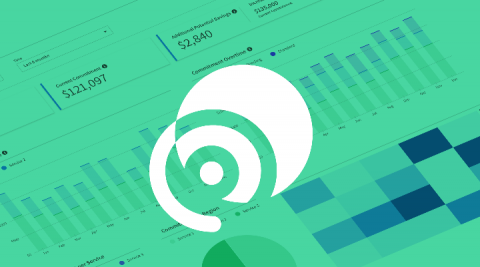Fleet Management for Kubernetes is Here
Today I’m excited to announce Fleet, a new open source project from the team at Rancher focused on managing fleets of Kubernetes clusters. Ever since Rancher 1.0 shipped in 2016, Rancher has provided a central control plane for managing multiple clusters. As pioneers of Kubernetes multi-cluster management, we have seen firsthand how users have consistently increased the number of clusters under management.








